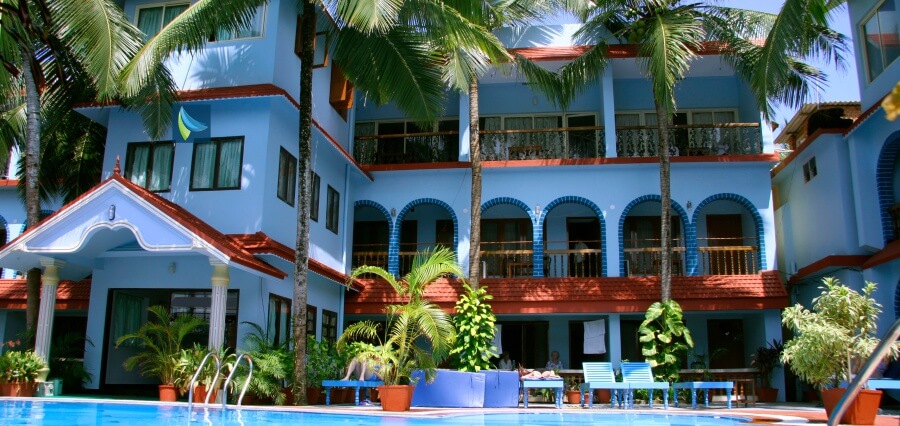Greenfield hotel investments in India have bounced back to the level before the pandemic in the first half of 2024, driven by sharp expansions of hospitality chains in Tier-2, 3, and 4 cities. Recent data from HVS Anarock says that developments have swung back to more preferring the greenfield projects, meaning fresh hotel development on a virgin piece of land, rather than brownfield projects, or a redevelopment of existing properties: redevelopment of existing properties is considered to be a lower-risk proposition with a quicker completion.
According to Mandeep S. Lamba, HVS Anarock President and CEO, renewed interest in greenfield projects is mainly due to the tremendous growth of business as well as leisure travel in emerging markets. However, it can be noted that greenfield developments constituted around 48% of hotel brand signings by keys in 2023 and surged to 53% in the first half of 2024, reflecting those seen in 2019.
These deals included operational assets in Tier-I and leisure markets, along with land leases for greenfield developments in airport districts. Six hotel deals were closed in the first half of 2024, going by JLL’s recent report. On the other hand, investment in brownfield projects has declined to a significant extent, having surged after the pandemic.
Cities such as Indore, Kanpur, Bhubaneswar, Varanasi, Udaipur, Mangalore, and Coimbatore are seeing the highest demand for greenfield projects, said Nandivardhan Jain, CEO at Noesis Capital Advisors. These cities provide opportunities for capturing early mover advantages and meeting rising regional travel needs of the middle class. Government policies promoting sustainable tourism and simpler processes for land acquisition have further motivated greenfield development.
Post COVID, investment in the hospitality segment has increased multifold and is not hesitant to fund hotel projects as profitability has improved. Mayfair consultancy has recently signed five management contracts, while six other contracts are advanced in negotiations with them representing all segments of hotels across India.
Experts argue that greenfield projects are much more flexible than brownfield projects, especially when allowing all sorts of specific designs to adapt to the findings of a new destination with improper existing hotel infrastructure. Still, some other challenges include regulatory delays, high infrastructure costs, and complicated land-acquisition processes.
Despite these challenges, the growing demand for luxury and boutique hotels in Tier-2 cities translates into a really attractive opportunity for investors. Cities like Ludhiana, Chandigarh, Bhopal, Patna, and popular spiritual centers may well be in consideration to host high-margin hotel premises for leisure as well as corporate customers. The resurgence of greenfield investments, therefore, would not only indicate the resilience and adaptability of the sector but also translate into the ability to continue its growth trajectory when it becomes profitable again.
Read More: Click Here


